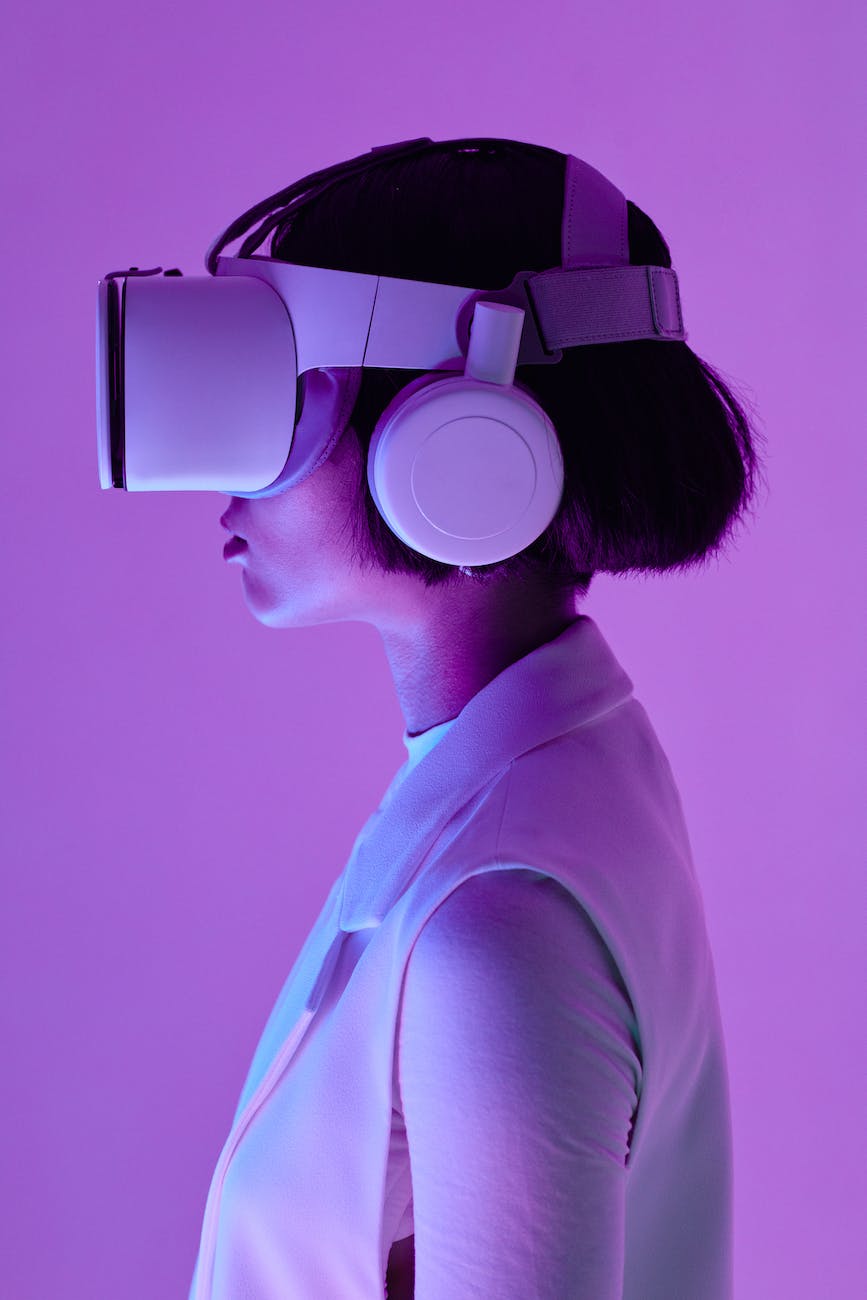Some links on this post may link to affiliate pages that offer compensation to the author of this post.
With the emergence of the metaverse, businesses are increasingly looking to leverage virtual reality (VR) technology to reach their customers. The VR marketplace is an ever-evolving one, with new platforms and solutions being created on a daily basis. It can be difficult for businesses to know which VR platform is best suited for their needs. In this article, we will explore how to sell in the metaverse, what some of the best VR solutions are for businesses, and how to market using these platforms. We will also discuss some of the challenges that businesses face when selling in this space and provide tips on how to overcome them. By understanding these concepts, businesses can create successful marketing campaigns that leverage VR technology and hardware. If you are already sold on VR marketing, click here and scroll to the recommended apps
How to Get Started with VR marketing
Creating a virtual reality experience is becoming increasingly popular for businesses. It allows companies to not only create engaging experiences for their customers but also develop a unique marketing strategy that can be used to reach out to potential customers.
Creating a metaverse is the first step in creating a virtual reality experience. A metaverse is an online world where people can interact with each other and explore their surroundings. It is the foundation of any virtual reality business, as it provides the platform for users to engage with content and products in an immersive environment.
Once you have created your metaverse, you can then focus on developing a VR marketing strategy that will help you promote your business and reach out to potential customers. This includes creating engaging content, optimizing your website for VR, and understanding how VR fits into your overall marketing mix. With the right strategy in place, businesses can leverage virtual reality technology to create memorable experiences that will keep customers coming back again and again.
What is the Metaverse?
The Metaverse is a virtual reality-based internet-powered world that is rapidly becoming the future of the web. It is an ever-evolving digital landscape where people can interact with each other and carry out activities in a simulated environment. We have discussed the metaverse in our full guide here.
The Metaverse has opened up many opportunities for marketers to explore new ways of reaching their target audience. Virtual marketing allows companies to create immersive experiences that engage customers more effectively than traditional methods. From creating virtual stores and events to launching meta quests and using specialized Metaverse presentation software, there are many ways for marketers to take advantage of this new technology.
For those looking to work in the Metaverse, there are plenty of opportunities available as well. From developing content for virtual worlds, to creating interactive experiences for users, there are various roles available for those who want to be part of this exciting new industry.
The VR Marketplace: Selling Technology & Hardware
With the emergence of the metaverse, businesses are increasingly looking to leverage virtual reality (VR) technology to reach their customers. The VR marketplace is an ever-evolving one, with new platforms and solutions being created on a daily basis. It can be difficult for businesses to know which VR platform is best suited for their needs.
There are a few different solutions available to businesses looking to use VR in their support, sales, or marketing workflows. Learn more about the VR marketplaces in the G2 Article here about the Best Virtual Reality
5 Best Virtual Reality Apps for Marketing Your Business
Despite popular belief, there are actually a ton of ways to get started in virtual reality marketing. I recommend you at least have a Quest 2 since you will want to test out your VR environment once you create it. But once you have your VR headset, you can use any of the following VR Apps to create and manage your own VR content for your business.
3D Cloud by Marxent:
This app allows users to create and manage 3D product configurators for their websites and retail stores. For businesses like Furniture or unique gadgets, Marxent offers a great way to model 3d Products that can be used to better sell your products online to a digital audience. Their code-free software allows you to create, manage, and publish 3D products with 3D Cloud by Marxent. It’s the easy, cost-effective way to produce, manage, maintain, and distribute 3D product catalogs at scale
Powertrak CPQ by Powertrak:
This app provides users with a cloud-based solution for managing sales and marketing data. Their dedicated VR Module can help you enhance product configurations with virtual reality experiences. For example, when a customer builds a product using Powertrak 3D CPQ, invite them to experience the design in VR-enabled smartphone devices like the Meta Quest Pro, Quest 2, and more.
If those aren’t quite the best way to demonstrate your product or service, you can also use their VR features to enable computer-based VR. For things like trade shows, conferences, and experience centers, you can show off your product or service with a high-end, immersive virtual reality experience right from a computer screen.
PaleBlue for VR 3D Training Simulations
One of the best ways to provide training for your employees is to turn it into a game. Companies have been doing this for years now and this app allows users to create and manage 3D training simulations for their employees. If you end up choosing PaleBlue for your VR training, they will actually help you create VR training courses and actually save some of your training budgets with PaleBlue claiming a 40% cost reduction in training costs.
BrioXR
BrioVR is a cloud-based 3D visualization software designed to help individuals and businesses in the e-commerce, real estate, advertising, architecture, industrial design, games, education, and automotive industries create virtual reality, augmented reality, and 3D presentations to engage with their audience.
Key features include 360 media support, customizable branding, password protection, a template library, team collaboration, and virtual tours. Product designers using BrioVR can import models, images, videos, and audio, edit and add animation and interactions and publish and share them on business websites and social media platforms using the AR prototyping tool.
GatherinVR
GatherInVR is a platform for VR meetings and VR conferences and can be customized for any business or company. This app allows users to create and manage virtual meetings and presentations which can be helpful for any business.
Best 5 VR Marketing Ideas to Try in 2023:
These apps can be used to create a variety of VR marketing experiences, including:
- Virtual tours of products or services
- 3D product configurators that allow customers to see how products would look in their homes or offices
- Virtual training simulations can help employees learn new skills or procedures
- AR and VR experiences that can be used to promote products or services
- Virtual meetings and presentations that can be used to reach a wider audience.
Conclusion: VR Start-up of 2013 & The Future of VR Supply Chains
Thanks for reading to the end of this post. If you find the information I provide to be helpful, please consider subscribing.
Disclaimer: None of the information presented on this site constitutes legal, business, tax, or medical advice. In each scenario, it’s recommended to first chat with a medical, legal, business, or tax professional before making any decisions.


